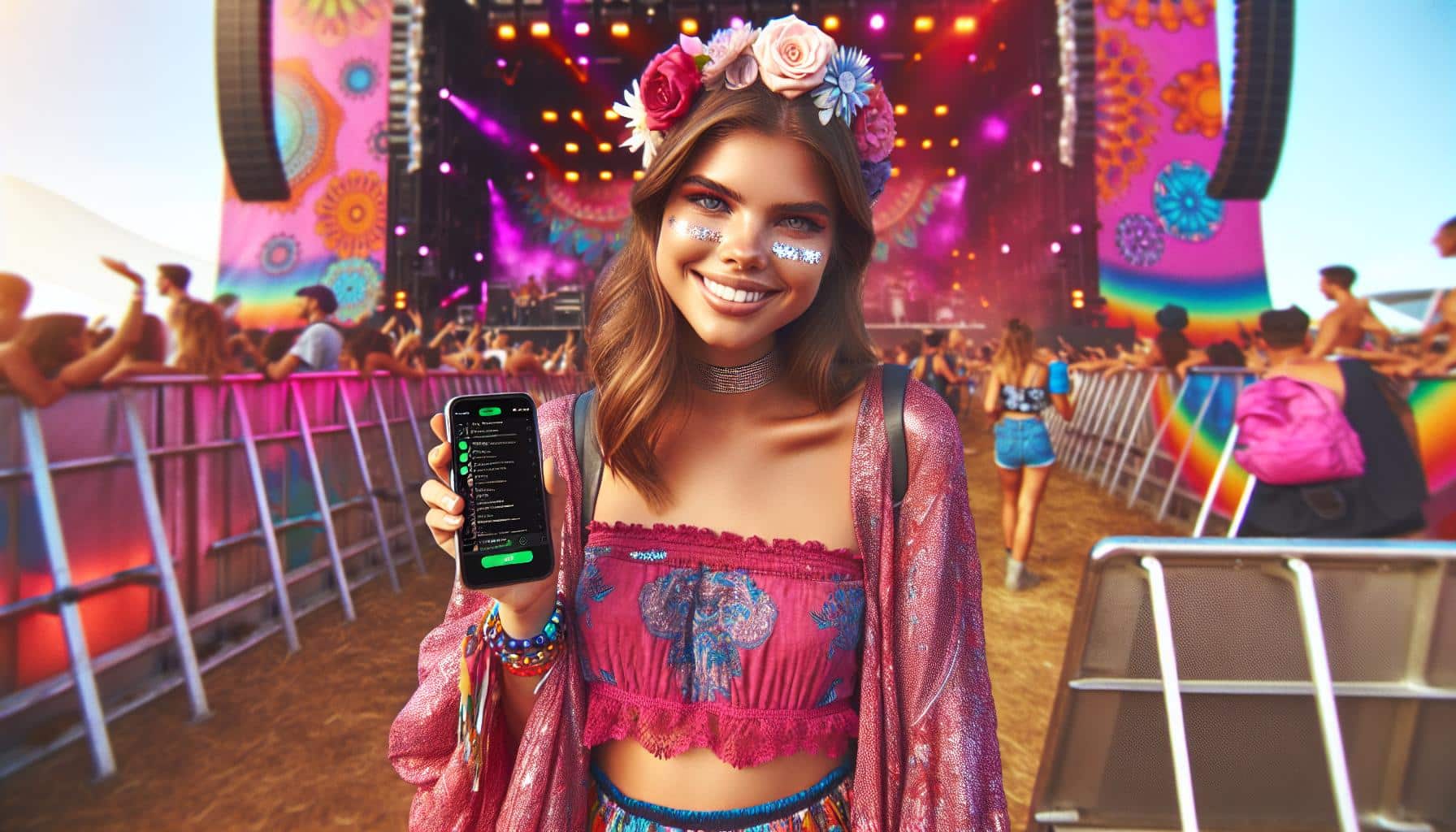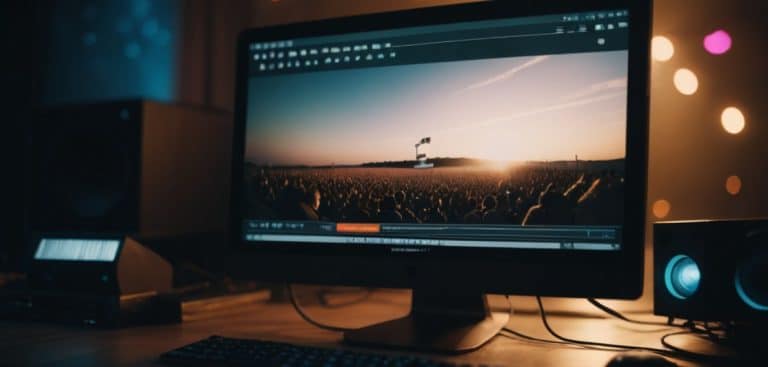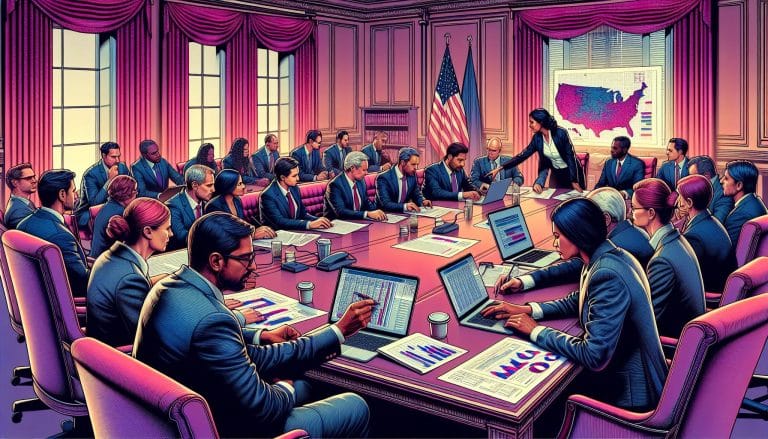Are you looking for innovative ways to promote your festival and reach a wider audience? Spotify playlists might be the game-changer you’ve been searching for. With over 456 million active users worldwide, Spotify offers an unparalleled platform to showcase your festival’s lineup and create buzz around your event.
By leveraging Spotify’s playlist feature, you’ll tap into a powerful marketing tool that can significantly boost your festival’s visibility and ticket sales. You’ll learn how to curate engaging playlists, collaborate with influencers, and utilize Spotify’s advertising options to maximize your festival’s reach. Get ready to transform your marketing strategy and connect with music lovers like never before.
Key Takeaways
- Leverage Spotify’s 456 million active users to showcase your festival lineup and create buzz through curated playlists
- Create official festival playlists featuring performing artists, collaborate with influencers, and utilize Spotify’s advertising options
- Develop a comprehensive Spotify strategy, including setting up a brand account and creating engaging playlists that capture the festival atmosphere
- Use Spotify’s analytics to track playlist performance and adjust your approach based on listener engagement and demographics
- Implement best practices such as strategic playlist releases, artist collaborations, and cross-promotion across multiple platforms to maximize reach
Understanding Spotify’s Potential for Festival Marketing

What Is Spotify and How Does It Work?
Spotify is a digital music streaming platform that provides access to millions of songs, podcasts, and videos from artists worldwide. Users can listen to music for free with advertisements or opt for a premium subscription for ad-free listening and additional features. Spotify’s algorithm analyzes user listening habits to create personalized playlists and recommendations, enhancing the user experience and music discovery.
Key features of Spotify include:
- Extensive music library: Over 82 million tracks available
- Personalized playlists: Discover Weekly, Release Radar, and Daily Mix
- Social sharing: Collaborative playlists and social media integration
- Cross-platform compatibility: Available on desktop, mobile, and smart devices
- Offline listening: Premium users can download songs for offline playback
The Power of Playlists for Event Promotion
Spotify playlists offer a powerful tool for festival marketing, enabling organizers to reach a vast audience and create engaging promotional content. Here’s how you can leverage playlists for event promotion:
- Create official festival playlists:
- Curate playlists featuring artists performing at your festival
- Include popular tracks and hidden gems to showcase the event’s musical diversity
- Update playlists regularly to maintain audience engagement
- Collaborate with influencers and artists:
- Partner with popular playlist curators in your genre
- Engage festival artists to create and share their own playlists
- Encourage artists to add their festival performance dates to their Spotify profiles
- Utilize Spotify’s advertising options:
- Create audio ads to target users listening to related genres
- Use Sponsored Playlists to increase visibility among potential attendees
- Implement display ads to showcase your festival visuals
- Engage your audience with themed playlists:
- Create playlists for different stages or time slots
- Develop mood-based playlists that reflect the festival atmosphere
- Curate playlists for pre and post-festival experiences
- Leverage Spotify’s social features:
- Encourage followers to collaborate on festival-themed playlists
- Share playlists across social media platforms to increase reach
- Use Spotify Codes to make playlists easily accessible via print materials
- Analyze playlist performance:
- Monitor playlist follower growth and listening statistics
- Use data insights to refine your playlist strategy
- Track the impact of playlists on ticket sales and website traffic
By effectively utilizing Spotify playlists, you can create a powerful marketing channel that not only promotes your festival but also engages your target audience in a meaningful way. This strategy helps build anticipation, foster a sense of community, and ultimately drive ticket sales for your event.
Creating a Spotify Strategy for Your Festival
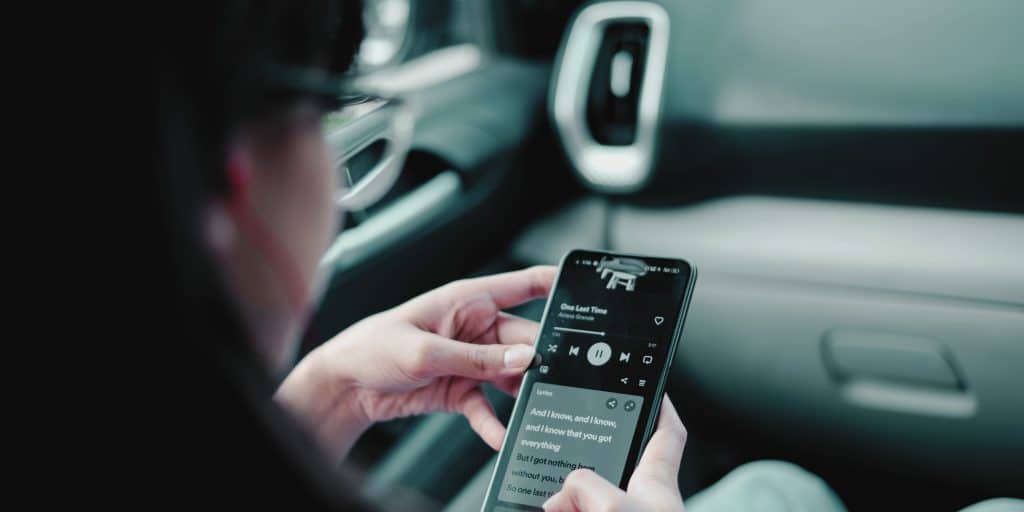
Develop a comprehensive Spotify strategy to effectively market your festival and engage with your target audience. Follow these essential steps to maximize your festival’s visibility and reach on the platform.
Setting Up a Brand Account
- Create a Spotify Account: Register for a Spotify account using your festival’s Facebook page or a dedicated email address. This process takes only a few minutes and provides the foundation for your festival’s presence on the platform.
- Establish a Brand Profile: Set up a professional brand profile on Spotify to represent your festival. This profile serves as the central hub for your playlists and promotional activities. Include your festival’s logo high-quality cover image and a compelling bio that highlights your event’s unique features.
- Customize Your Profile: Add relevant information about your festival including dates location and lineup highlights. Use keywords that potential attendees might search for to improve discoverability.
- Link Social Media Accounts: Connect your festival’s other social media accounts to your Spotify profile. This integration allows for seamless cross-promotion and helps build a cohesive online presence.
- Build Excitement: Create playlists featuring music from the artists performing at your festival. This strategy helps attendees discover new acts and builds anticipation for the event. Update these playlists regularly to maintain engagement.
- Increase Followers: Develop engaging playlists that resonate with your target audience. Focus on genres and themes that align with your festival’s identity. Use descriptive titles and compelling cover art to attract potential followers.
- Showcase Festival Atmosphere: Curate playlists that capture the vibe and energy of your festival. Include tracks that reflect different stages or time slots to give listeners a taste of the full experience.
- Collaborate with Artists: Partner with headlining acts to create exclusive playlists. This collaboration can increase your reach and credibility within the music community.
- Drive Ticket Sales: Use playlist descriptions to include links to ticket sales or festival information. Spotify’s “About” section in playlists allows for clickable links directing users to your festival’s website or ticketing platform.
- Engage Year-Round: Maintain audience interest between festival seasons by creating themed playlists for holidays special occasions or music trends. This ongoing engagement keeps your festival top-of-mind for potential attendees.
By implementing these strategies you create a robust Spotify presence that not only promotes your festival but also enhances the overall experience for your audience. Remember to regularly analyze playlist performance using Spotify for Artists to refine your approach and maximize impact.
Curating Effective Festival Playlists
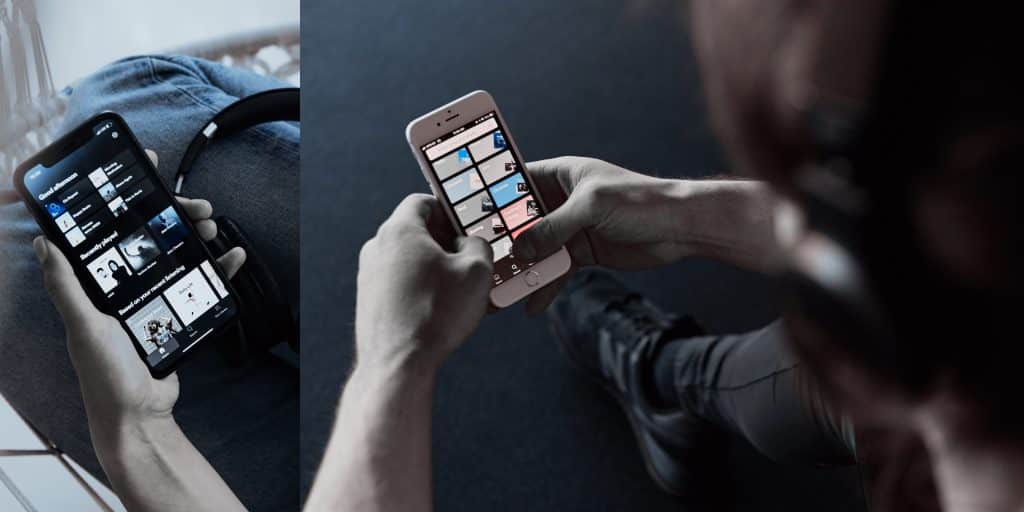
Creating effective festival playlists is crucial for standing out among the 4 billion playlists on Spotify and engaging your target audience. Focus on developing a unique playlist strategy that aligns with your festival’s brand and appeals to your attendees.
Building Excitement with Pre-Event Playlists
Use Spotify playlists to generate anticipation for your festival by sharing music from performing artists. This approach helps attendees discover new acts and increases interest in the event. Create themed playlists that showcase the festival’s atmosphere and musical genres. Integrate your playlists into social media platforms to boost visibility and engagement. Encourage followers to share and interact with your playlists, creating a sense of community around your event.
Capturing the Festival Vibe in Your Song Selection
Select tracks that embody the essence of your festival’s atmosphere and energy. Include a mix of popular hits and lesser-known gems to create a diverse listening experience. Consider the time of day, venue, and overall mood of different festival stages when curating playlists. Use data-driven insights from Spotify’s analytics to identify trending songs within your target demographic. Incorporate local artists or songs that reflect the festival’s location to add a unique touch to your playlists.
Showcasing Festival Artists and Genres
Create dedicated playlists for each genre represented at your festival to cater to diverse musical tastes. Feature tracks from headliners and up-and-coming acts to provide a comprehensive preview of the festival lineup. Collaborate with performing artists to create exclusive playlists, offering behind-the-scenes insights or their personal favorite tracks. Use playlist descriptions to highlight artist information, set times, and ticket purchase links. Update playlists regularly with new releases from festival artists to maintain listener interest and showcase the evolving lineup.
Leveraging Spotify’s Features for Maximum Reach
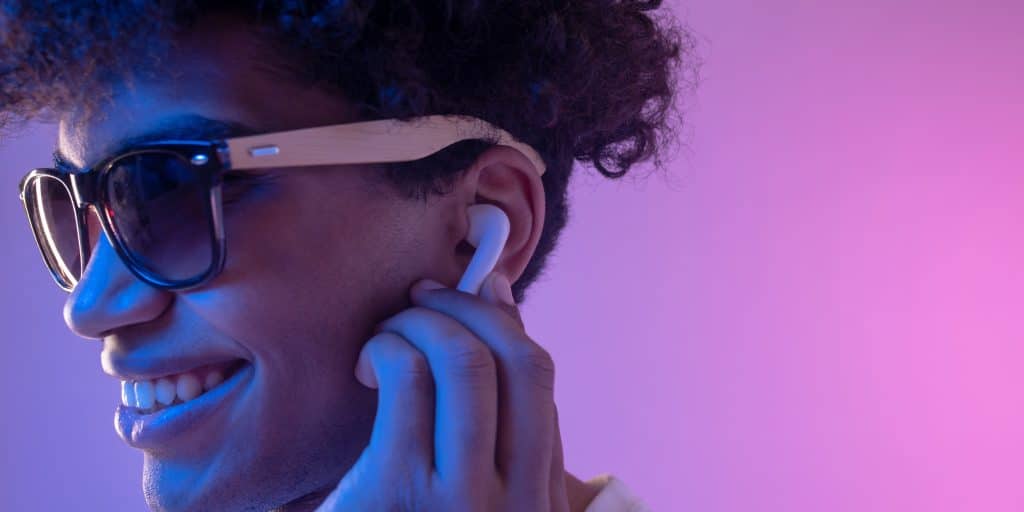
Spotify offers powerful tools to amplify your festival’s reach and engage potential attendees. Here’s how to maximize these features for effective marketing:
Utilizing Spotify for Brands
Spotify for Brands provides unique opportunities to connect with your target audience:
- Create a Brand Profile: Establish an official presence for your festival on Spotify. Use this profile to showcase your festival’s personality and curate playlists that reflect your event’s vibe.
- Develop Branded Playlists: Create official festival playlists featuring artists in your lineup. Include a mix of popular tracks and lesser-known songs to showcase the diversity of your event.
- Collaborate with Artists: Partner with performing artists to create exclusive playlists or takeovers. This collaboration adds authenticity and provides insider content for fans.
- Use Spotify Canvas: Implement short looping visuals for tracks in your playlists. These eye-catching snippets can feature festival highlights or teasers, enhancing engagement.
- Leverage Spotify Codes: Generate unique Spotify Codes for your playlists. Include these codes on promotional materials to make it easy for potential attendees to discover and share your festival’s music.
Implementing Paid Advertising Options
Spotify’s advertising platform offers targeted ways to reach potential festival-goers:
- Audio Ads: Create 15 to 30-second audio spots that play between songs. Use these to announce your festival, highlight headliners, or promote early bird ticket sales.
- Video Takeover: Implement full-screen video ads that display when the Spotify app is in view. Use captivating festival footage to create a visual impact.
- Sponsored Playlists: Sponsor relevant genre or mood-based playlists to increase visibility among your target audience. Ensure your festival branding is prominently featured.
- Overlay Ads: Display clickable images when users return to the Spotify app. Use these to drive traffic to your festival website or ticket sales page.
- Programmatic Audio: Utilize real-time bidding to place audio ads programmatically, allowing for more precise targeting and budget control.
Targeting Festival-Goers Through Audience Insights
Leverage Spotify’s audience data to refine your marketing strategy:
- Analyze Listener Demographics: Use Spotify’s audience insights to understand the age, gender, and location of your potential attendees. Tailor your messaging and ad placement accordingly.
- Explore Genre Preferences: Identify the most popular genres among your target audience. Use this information to curate playlists and highlight relevant artists in your lineup.
- Track Listening Habits: Analyze when your target audience is most active on Spotify. Schedule your ads and playlist updates to coincide with peak listening times.
- Monitor Playlist Performance: Keep track of which playlists are gaining traction. Use this data to refine your content strategy and focus on what resonates with your audience.
- Utilize Fan Insights: For artists in your lineup, examine their fan base demographics and listening habits. This information can help you target lookalike audiences who may be interested in your festival.
By effectively leveraging these Spotify features, you can create a comprehensive marketing strategy that reaches and engages potential festival-goers, ultimately driving ticket sales and building excitement for your event.
Engaging Your Audience Beyond Music
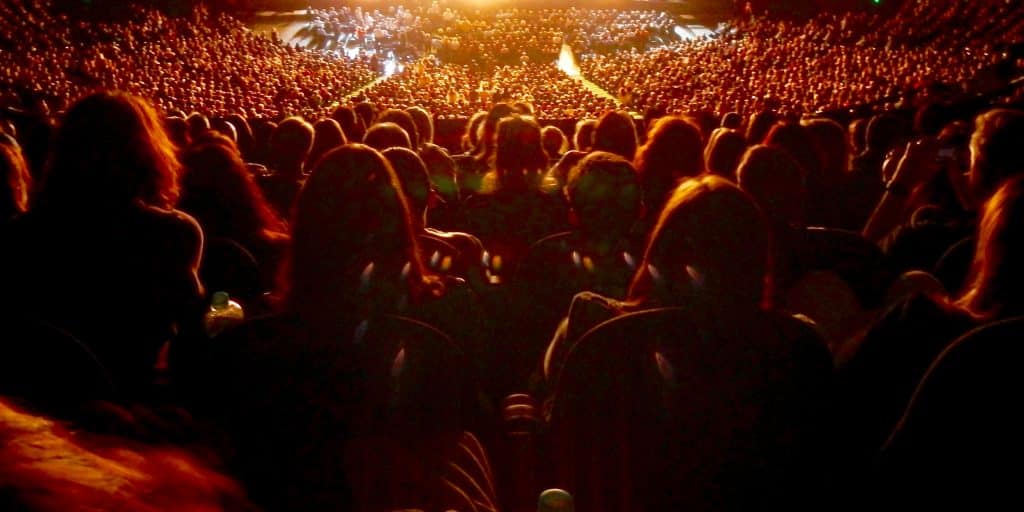
Expand your festival’s reach by leveraging Spotify’s diverse content options. Create immersive experiences that resonate with your audience and build anticipation for your event.
Incorporating Podcast Content
Integrate relevant podcast episodes into your festival marketing strategy:
- Curate knowledge-based playlists: Select podcast episodes that align with your festival’s theme or target audience interests. Create playlists featuring discussions on music history, artist interviews, or industry insights.
- Highlight festival-related content: Include podcasts that discuss your festival’s lineup, behind-the-scenes stories, or interviews with performing artists.
- Collaborate with music podcasters: Partner with popular music podcasters to create exclusive content promoting your festival. Feature these episodes in dedicated playlists.
- Create a festival-specific podcast series: Develop a short podcast series leading up to your event, discussing various aspects of the festival. Include these episodes in your Spotify playlists.
Creating Mixed Media Playlists
Combine different audio formats to create engaging and diverse playlists:
- Blend music and spoken word: Intersperse music tracks with short audio clips from artists, organizers, or past attendees discussing the festival experience.
- Incorporate ambient sounds: Add atmospheric sounds from previous festivals or the event location to create an immersive playlist experience.
- Include festival announcements: Insert short promotional announcements between tracks to keep listeners informed about lineup updates, ticket sales, or special offers.
- Feature artist introductions: Add brief artist introductions before their tracks, providing context and building excitement for live performances.
- Integrate sponsor content: Collaborate with festival sponsors to include relevant audio content, such as branded jingles or short advertisements, seamlessly within playlists.
By diversifying your playlist content, you create a more engaging and informative experience for potential attendees, increasing excitement and driving ticket sales for your festival.
Measuring Success and Optimizing Your Strategy

Tracking the performance of your Spotify playlists is crucial for maximizing their impact on festival marketing. By analyzing data and adjusting your approach, you create a dynamic strategy that resonates with your target audience.
Understanding Spotify Analytics
Spotify Analytics provides valuable insights into your playlist performance. Focus on these key metrics:
- Playlist Followers: Track the number of users following your playlists. A growing follower count indicates increased interest in your festival’s curated content.
- Stream Count: Monitor the total number of streams for each playlist. This metric reflects the overall engagement and popularity of your selections.
- Save Rate: Analyze how often users save your playlists or individual tracks. A high save rate suggests that your content is resonating with listeners.
- Listener Demographics: Examine data on age, gender, and location of your playlist audience. This information helps tailor your content to your target demographic.
- Skip Rate: Evaluate how often listeners skip tracks in your playlists. A low skip rate indicates that your song selection matches listener preferences.
- Listening Time: Measure the average time users spend listening to your playlists. Longer listening times suggest higher engagement and interest in your content.
Adjusting Your Approach Based on Performance
Use the insights gained from Spotify Analytics to refine your playlist strategy:
- Update Playlist Content: Regularly refresh your playlists with new tracks based on performance data. Remove underperforming songs and add tracks similar to those with high engagement.
- Optimize Playlist Titles and Descriptions: Experiment with different titles and descriptions to improve discoverability. Use relevant keywords and highlight popular artists or genres.
- Adjust Playlist Order: Arrange tracks strategically, placing high-performing songs at the beginning to capture listener attention immediately.
- Create Targeted Playlists: Develop new playlists that cater to specific demographics or musical preferences identified through analytics.
- Collaborate with Trending Artists: Partner with artists showing strong performance in your playlists for exclusive content or promotional opportunities.
- Refine Advertising Strategies: Use demographic data to target Spotify ads more effectively, focusing on regions and age groups most likely to engage with your content.
- Adapt Social Media Promotion: Tailor your social media content to highlight playlist tracks and artists that resonate most with your audience.
- Incorporate User Feedback: Encourage and analyze user comments and playlist interactions to understand listener preferences and adjust your strategy accordingly.
By consistently analyzing Spotify Analytics and adapting your approach, you create a dynamic playlist strategy that effectively promotes your festival and engages your target audience.
Best Practices for Festival Marketing on Spotify

Timing Your Playlist Releases
Release playlists strategically to build excitement and anticipation for your festival. Create a schedule that maintains audience engagement throughout the pre-festival period:
- Start early: Launch your first festival-themed playlist 3-4 months before the event to generate initial buzz
- Regular updates: Release new playlists or update existing ones every 2-3 weeks to keep content fresh
- Countdown playlists: Create weekly countdown playlists in the month leading up to the festival
- Peak timing: Schedule releases for Fridays when Spotify sees the highest user activity
- Post-event nostalgia: Curate a “Best of” playlist within a week after the festival to maintain engagement
Collaborating with Artists and Influencers
Partner with performing artists and influential figures to expand your reach and credibility:
- Artist takeovers: Invite headliners to curate their own festival playlists
- Influencer partnerships: Collaborate with music bloggers or industry figures to create themed playlists
- Exclusive content: Feature unreleased tracks or live recordings from participating artists
- Cross-promotion: Encourage artists and influencers to share playlists on their own Spotify profiles
- Behind-the-scenes playlists: Create playlists featuring artists’ favorite tracks or pre-show rituals
Cross-Promoting Your Spotify Presence
Extend the reach of your Spotify playlists across multiple platforms:
- Social media integration: Share playlist links on Facebook, Twitter, and Instagram with engaging visuals
- Email marketing: Include playlist links in your email newsletters to ticket holders and potential attendees
- Website embedding: Embed Spotify playlists directly on your festival website
- QR codes: Generate Spotify Codes for playlists and include them on physical marketing materials
- Collaborative playlists: Create public collaborative playlists and encourage fans to contribute
- Hashtag campaigns: Launch a hashtag campaign encouraging fans to share their favorite tracks from your playlists
By implementing these best practices, you can effectively leverage Spotify’s platform to market your festival, engage your audience, and create a cohesive brand experience across multiple channels.
Conclusion: Maximizing Spotify’s Impact on Festival Marketing
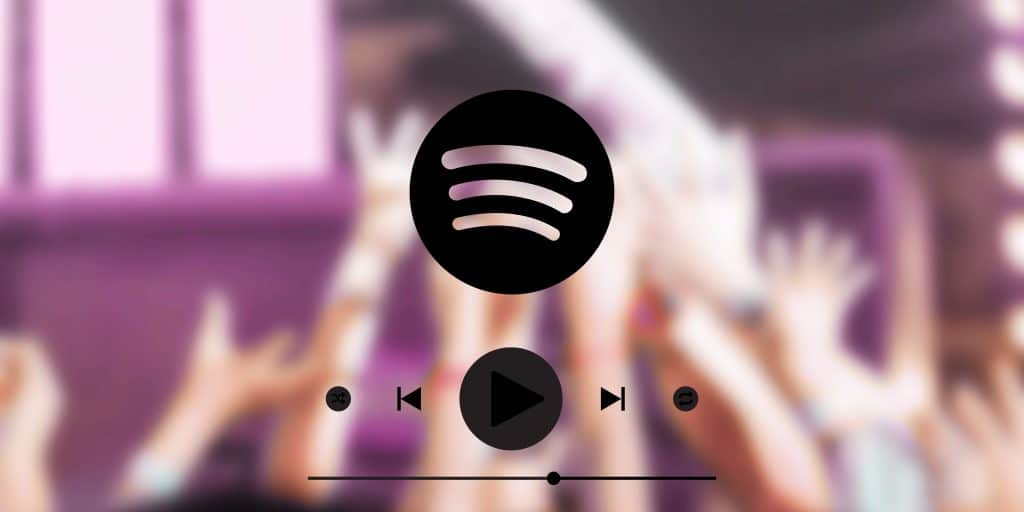
Spotify playlists offer a powerful tool to elevate your festival marketing strategy. By leveraging the platform’s vast user base and diverse features you can create engaging content that resonates with potential attendees. From curating official playlists to collaborating with artists and utilizing data-driven insights you’ll build anticipation and drive ticket sales.
Remember to continuously analyze and optimize your approach using Spotify Analytics. Implement best practices like strategic timing cross-promotion and diverse content creation to maximize your reach. With these strategies you’ll harness Spotify’s full potential transforming it into a dynamic marketing powerhouse for your festival.
Frequently Asked Questions
How can Spotify playlists help promote festivals?
Spotify playlists can significantly boost festival promotion by increasing visibility and ticket sales. With over 456 million users, Spotify offers a vast audience reach. Festival organizers can create official playlists, collaborate with artists and influencers, and use Spotify’s advertising options to connect with music lovers and potential attendees.
What are some effective strategies for curating festival playlists on Spotify?
Effective festival playlist curation involves creating pre-event playlists featuring performing artists, developing themed playlists, and integrating them with social media. Include a mix of popular and lesser-known tracks to capture the festival vibe. Create genre-specific playlists, collaborate with artists for exclusive content, and regularly update playlists to maintain listener interest.
How can festival organizers leverage Spotify’s advertising options?
Festival organizers can utilize Spotify’s paid advertising options such as audio ads, video takeovers, and sponsored playlists. These tools allow for targeted marketing to potential festival-goers. Additionally, organizers can create a brand profile, develop branded playlists, and use Spotify Canvas and Codes for enhanced engagement and reach.
What types of content can be included in festival playlists besides music?
Festival playlists can incorporate diverse content beyond music, including relevant podcast episodes, discussions on music history, and artist interviews. Mixed media playlists blending music with spoken word, ambient sounds, and festival announcements can create a more engaging and informative experience for potential attendees, increasing excitement and driving ticket sales.
How can festival organizers measure the success of their Spotify marketing efforts?
Organizers can use Spotify Analytics to track key metrics such as playlist followers, stream count, save rate, listener demographics, skip rate, and listening time. Regularly analyzing these metrics helps in optimizing playlist content, titles, and descriptions. This data-driven approach allows organizers to refine their marketing strategies and effectively promote their festival.
What are some best practices for festival marketing on Spotify?
Best practices include strategic timing of playlist releases, collaborating with artists and influencers, and cross-promoting Spotify presence across various platforms. Launch playlists early, maintain regular updates, and create countdown playlists leading up to the event. Utilize social media, email marketing, and QR codes for promotion to create a cohesive brand experience and maximize engagement.
You May Also Like:
Why Every Promoter Should Explore ‘Cause Marketing’ For Their Events
How Outdoor Marketing Can Effectively Capture And Keep Your Audience’s Attention
How To Leverage Event Themes Into A Cohesive Marketing Strategy
